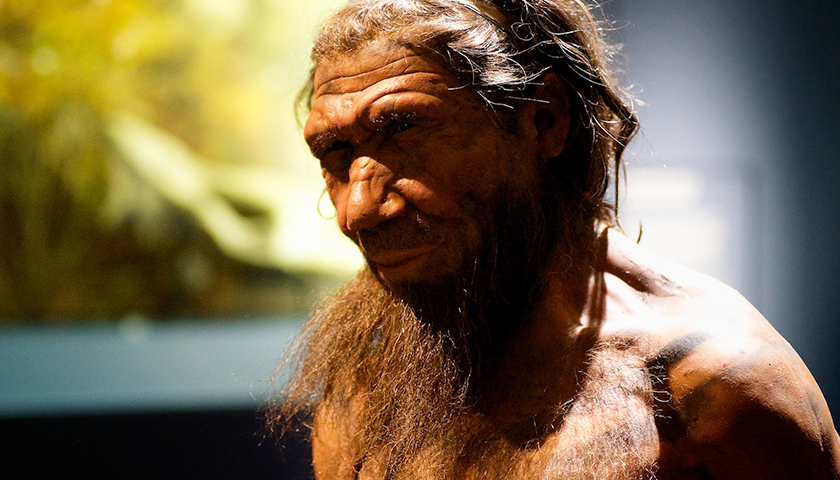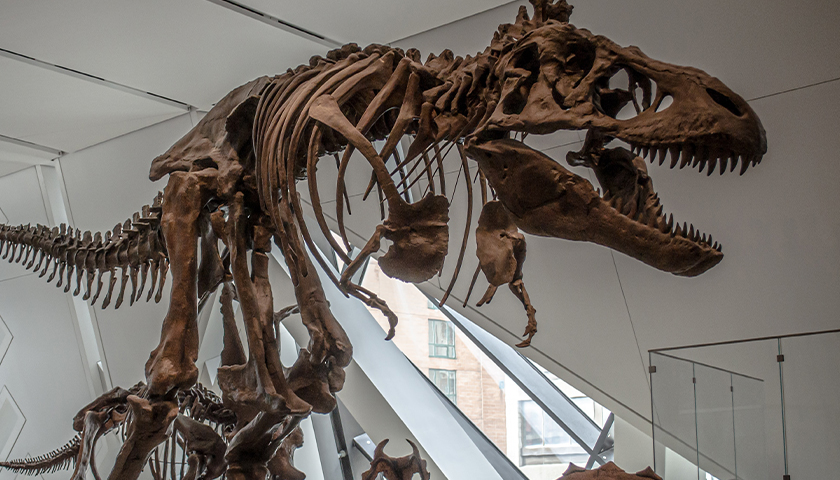Perched about 325 feet (100 meters) up the slopes of the Prealps in southern France, a humble rock shelter looks out over the Rhône River Valley. It’s a strategic point on the landscape, as here the Rhône flows through a narrows between two mountain ranges. For millennia, inhabitants of the rock shelter would have had commanding views of herds of animals migrating between the Mediterranean region and the plains of northern Europe, today replaced by TGV trains and up to 180,000 vehicles per day on one of the busiest highways on the continent.
The site, recognized in the 1960s and named Grotte Mandrin after French folk hero Louis Mandrin, has been a valued location for over 100,000 years. The stone artifacts and animal bones left behind by ancient hunter-gatherers from the Paleolithic period were quickly covered by the glacial dust that blew from the north on the famous mistral winds, keeping the remains well preserved.
Since 1990, our research team has been carefully investigating the uppermost 10 feet (3 meters) of sediment on the cave floor. Based on artifacts and tooth fossils, we believe that Mandrin rewrites the consensus story about when modern humans first made their way to Europe.
Read More

